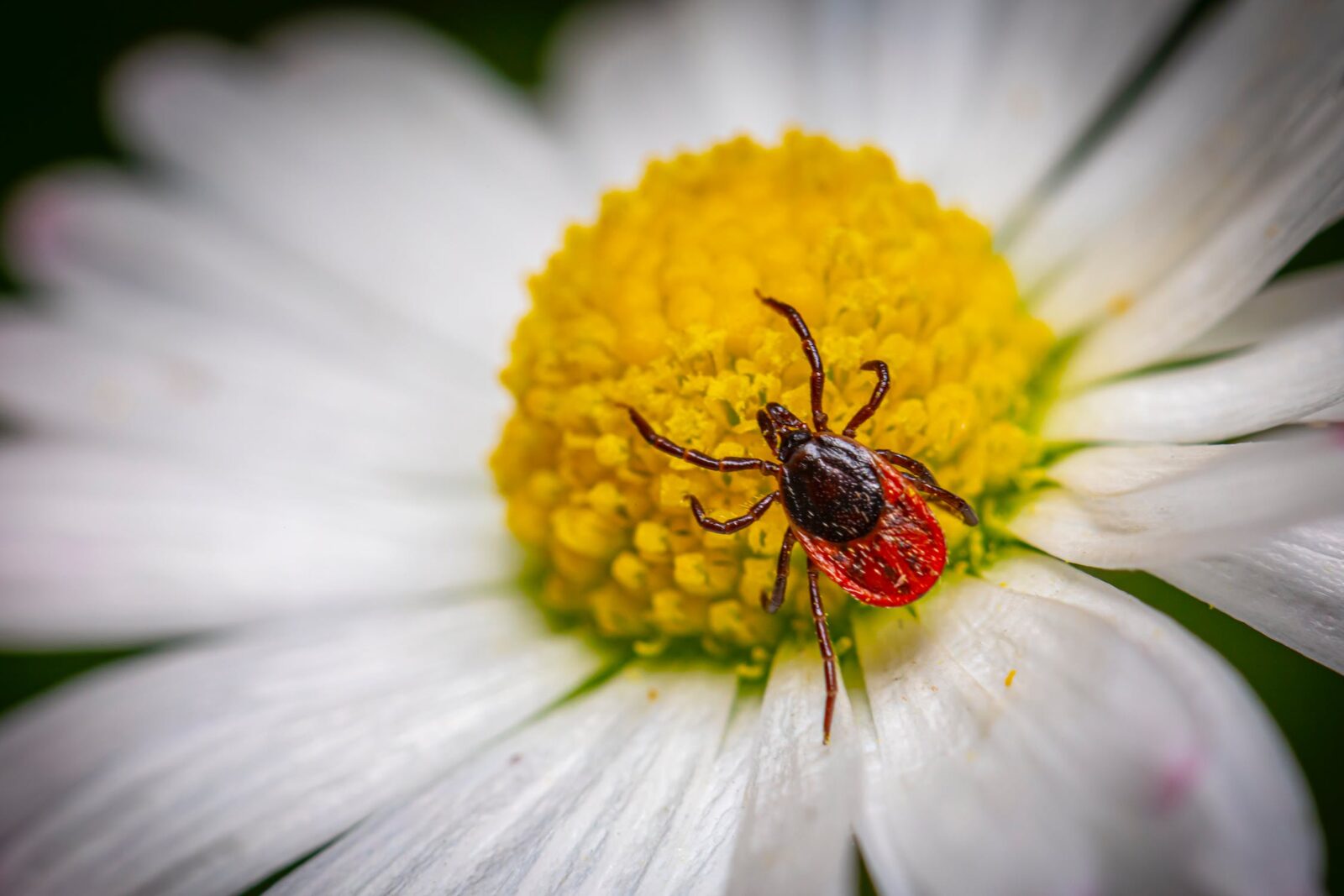Ticks and Bed Bugs are both pesky parasites that you don’t want on or near you. Although their common denominators cover them as tiny parasites that suck your blood, they are actually two different species with their own set of distinct characteristics.
It’s important to know the distinctions between these two as dealing with ticks is a different matter from dealing with bed bugs. Here, we break down key differences between these oval-shaped critters and how you can keep them away.
Bed Bugs Are Insects, Ticks Are Arachnids
Classified among tens of thousands of insect species like cicadas, weevils and cockroaches, bed bugs formally fall under the insect category, distinguishing them as having an exoskeleton and six legs.
Whereas ticks are classified with spiders, scorpions and mites which fall under arachnids. Although they do look like bed bugs, ticks can have up to 8 legs.
Bed Bugs Are Found In Your Bed, Ticks Are Found Outdoors
Bed bugs live and thrive in warm, dry, and tight spaces in our homes. The denser the material, the more appealing it is for bed bugs to call home, lay eggs and create a colony. Mattresses, pillows, and cushions are typical places you should check for bed bugs, but they can also be found in carpets. Although less likely to have bed bugs, carpets are an ideal spot for bed bugs to lay their eggs.
Ticks live outside and can be found in moist shaded places such as your lawn, tall grass or on moist forest or woodland ground.
Bed Bug Bites Are Itchy, Tick Bites Transfer Disease
Bites from bed bugs cause itchiness. Although not direct transmitters of disease, extreme scratching can lead to secondary skin infections, or even a rash depending on how sensitive the host is to bites. Bed bug bites also come in multiple clusters the same way you’d experience flea bites.
Ticks are carriers of diseases such as Lyme disease, Rocky Mountain Fever, Tularemia to name a few. If you’ve found a tick on you, a loved one or a pet, remove it immediately and observe how you feel closely for the next few days. If you’re showing signs of illness, consult with a doctor immediately for proper diagnosis and treatment options.
Tick and bed bug bites alike will leave a raised swollen red area, so if you spot these on your skin regardless if there is a tick or bed bug in sight, it’s best to take early action and find out where they’re residing on you or your home.
Bed Bugs Are Likely Found On Humans, Ticks Are Likely To Be Found On Humans And Animals
Bed bugs prefer human hosts most likely because they are more accessible. They’re called bed bugs for a reason! As if they weren’t invasive enough by living in the likes of mattresses, pillows, and cushions, bed bugs prefer to hop onto resting or sleeping humans when they need to feed.
Ticks on the other hand, will latch on to humans given the chance, but they can be found on mammals, birds, reptiles and amphibians alike.
Bed Bugs Are Slightly Larger Than Ticks
Anatomy wise, bed bugs are larger than ticks. Bed bugs are approximately the size of an apple seed. Ticks may be smaller than bed bugs generally, measuring about 1mm long. Both species can swell up to the size of a small blueberry when they’ve eaten well.
Bed Bugs Feed Off Multiple Areas, Ticks Don’t Move While Feeding
Bed bugs are like fleas when they feed on you, they spread all over your body, biting and drawing blood from multiple areas before unlatching and hiding until it gets hungry again.
When a tick feeds off its host, it buries its head into a single area and gets going with the blood sucking. A tick will unlatch only once it’s full, which is usually after a few days, but if gone undetected, a tick can feed on its host for up to two weeks.
Ticks Are More Likely To Appear At Night, Ticks Appear Where It’s Moist
Although not strictly nocturnal, bed bug activity more likely takes place at night, which coincides when they’re most likely to be able to latch onto a sleeping human host. Bed bugs however will eat whenever they’re hungry regardless of the time of day.
Ticks are more active during the day, usually when grass or the ground is moist from dew, so be extra mindful of unwanted tick passengers when walking outdoors in the early morning.
Bed Bugs Appear In Clusters, Ticks Are Solitary
Anybody who’s seen or experienced a bed bug infestation will attest to the sheer volume of bed bugs. They multiply by the thousands if left unchecked and when their nest is uncovered, the sight can make your skin crawl.
Ticks are solitary creatures and don’t live in a colony nor will you find them in close clusters. Multiple ticks can inhabit one host, but they are solitary by nature. Female ticks however can lay over a thousand eggs so a tick outbreak is still something to be wary of.
Preventing A Bed Bug Or Tick Infestation
A bed bug infestation is an indication of poor cleaning practices, but the initial start of bed bugs isn’t always due to poor hygiene. Bed bugs are scientifically attracted to carbon dioxide, so that literally would be anything that breathes. Where they sense carbon dioxide, they sense a food source. They are also attracted to warmth.
Bed bugs can be picked up anywhere from taxi seats, to luggage, second hand furniture and clothes etc,so regardless of how clean your home is, bed bugs can invade your home.
With that said, regular vacuuming and quarterly deep cleaning can prevent a full-on infestation. If you do find bed bugs in your home, steam cleaning infested areas is a good way to kill bed bugs and any eggs that have been laid as well was washing items in hot water.
Where ticks are concerned, be mindful when you walk through moist areas ranging from your backyard to a hike in the mountains or a stroll in the woods. Ticks hop onto their hosts when they pass through these areas. While not totally unavoidable, these little guys are best spotted during routine body checks post outdoor activity. This will help minimize the chances of disease transmission.
When checking for ticks, be more thorough in the groin, armpit, and hairline areas as well as other crevices such as the backs of your knees. Be sure to check your pets thoroughly as well as they can be difficult to spot underneath fur. You can opt for a tick collar or spot on tick treatments to protect your fur baby.
You can prevent ticks from latching on to you by covering yourself appropriately. Tucking your pants into your shoes is a great way to walk through the woods without picking up any unwanted passengers.
In the event that you do find a tick, much like a weed in the soil that is your skin, ticks need to be removed with a pair of sterilized tweezers, rooting out from the head. It’s important to remove them from the head, which is buried beneath your skin in order to prevent bacterial infections.
Ticks and Bed Bugs, despite their distinct differences have no place in a clean and well kept home. If you find yourself dealing with an unmanageable number, a thorough pest control sweep is the gold standard to get rid of them.








